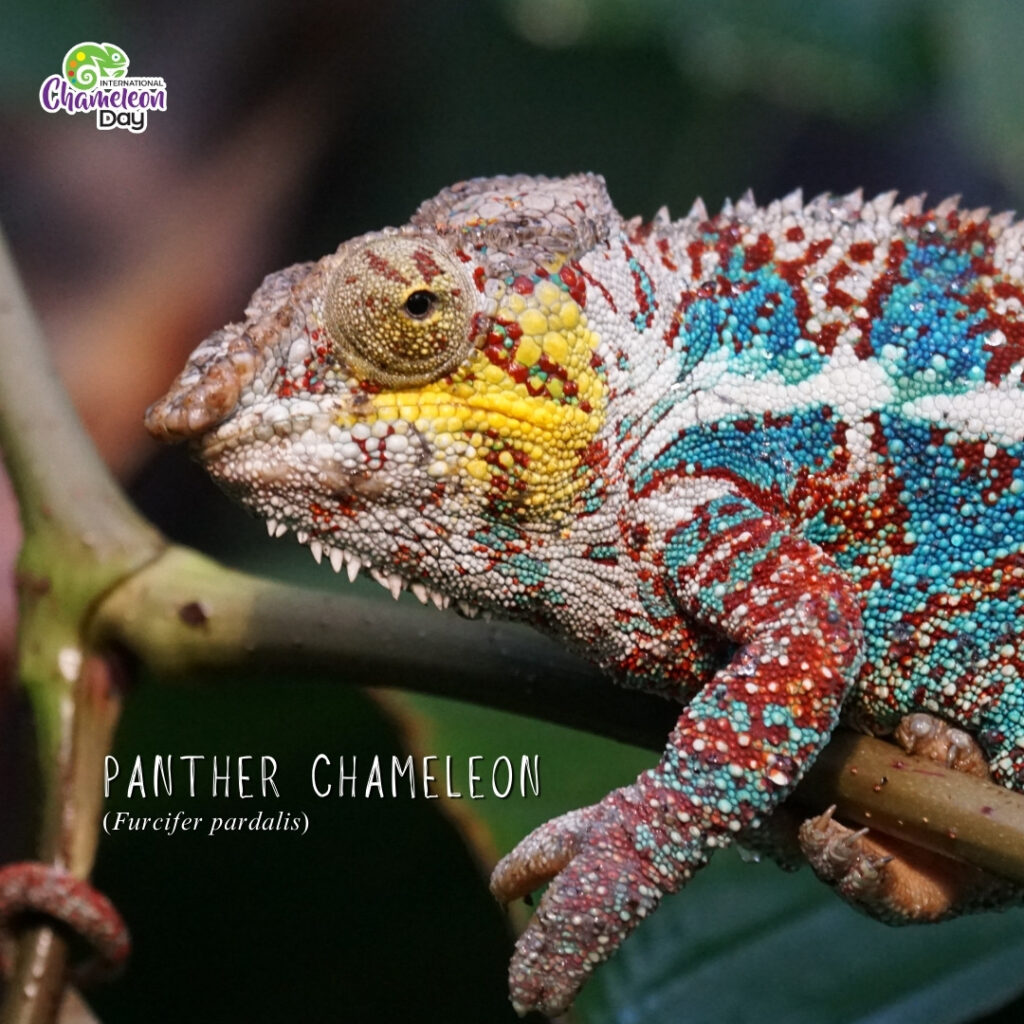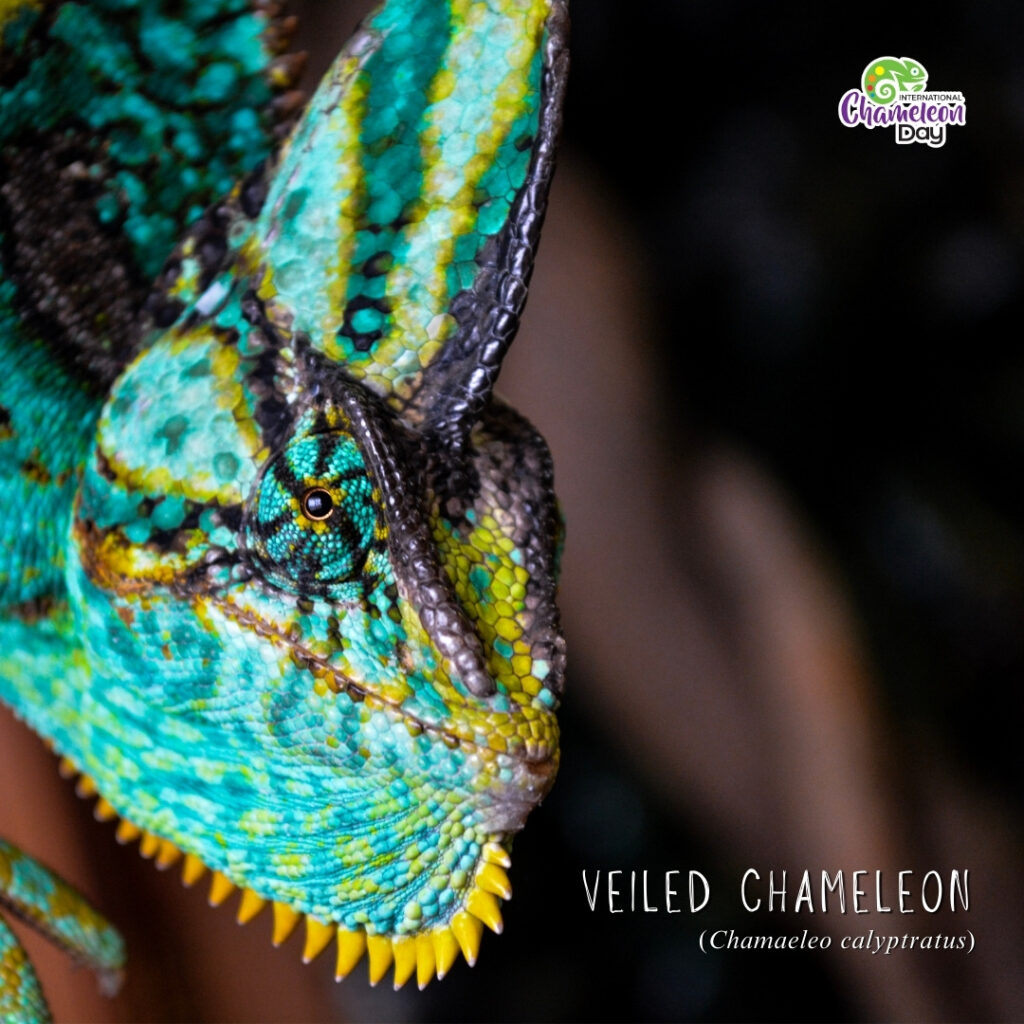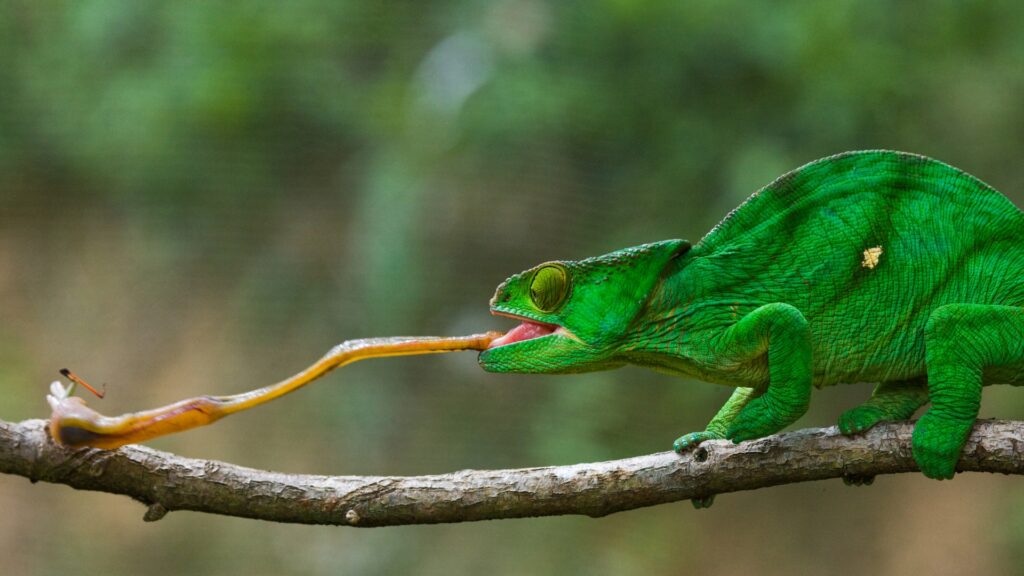Happy Chameleon Day to all nature lovers out there.
We are delighted to be launching this first celebration of the international chameleon day alongside our friends at Wildlife Madagascar. This day is all about chameleon appreciation, these weird looking yet fascinating creatures. When it comes to biodiversity, they are often overlooked, as people favors the cuter looking lemurs or the highly promoted birds. Today, we are going to learn more about these interesting feats of biodiversity.

Chameleons of Madagascar
Madagascar is a fascinating country when it comes to biodiversity. Due to its separation with Africa 180 million years ago, this island has developed a remarkable biodiversity, ranging from the lemurs, a primate species that cannot be found anywhere else, to the birds, insects, and fauna, and of course, the chameleons.
With the 200 species of chameleons worldwide, 150 of which are endemic to Madagascar. That is to say that more than 2/3 of all chameleon species can only be found in this island. They live in a variety of habitats: they can be found in the various ecosystems that Madagascar offers, from rainforests and lowlands to deserts, semi-deserts, scrub savannas, and even mountains.
But what make chameleons special?
Colorful Personalities and Conversations
The chameleon’s changing skin color plays an important role in communication. It changes with the influence of the lizard’s mood, such as fear or anger, the amount of light, and the temperature or humidity.
Males that can make themselves brighter tend to be more dominant and attract more females. Females use their colors to accept or reject a male; their color display can also signal that they have already mated and are pregnant. Males are typically more brightly colored than females.


A Mora Mora Lifestyle
Chameleons are known for their slow-paced lifestyle. They can remain perfectly still when at rest, and their movements along branches are slow and deliberate, often swaying slightly like a leaf, allowing them to blend seamlessly into their surroundings.
Their excellent balance is facilitated by their gripping feet and prehensile tail. When they feel threatened or excited, chameleons can inflate their bodies to appear larger.


Personality: Introverted and Protective
Chameleons, both males and females, are solitary and territorial creatures. Male chameleons are particularly intolerant of other males encroaching on their territory, often resorting to aggressive displays, and even chasing off intruders.
Males, having larger territories than females, will mate with multiple females during the breeding season. Females that have already mated become aggressive towards other males, often changing to darker, less vibrant colors to visually communicate their status.


No Dietary Restrictions
Chameleons have a fondness for insects such as grasshoppers and beetles. They are stealthy hunters, patiently waiting for their next meal to come within the reach of their long tongues.
Their diet primarily consists of invertebrates, including grasshoppers, locusts, beetles, moths, and flies. However, larger adults have been known to consume small reptiles, amphibians, or birds.


Chameleons have superpowers…
Tongue Attack

Chameleons possess an extraordinary feature - a tongue that can catch prey in the blink of an eye! This lightning-fast tongue shoots out with precision to grab insects. The tongue’s acceleration is so swift that it can reach approximately 100 kilometers per hour or 60 miles an hour in just a hundredth of a second, and at 264 times the force of gravity.
The speed and form of the tongue creates an effect like a suction cup on the tip, in addition to the adhesion which is very hard to escape from. Their tongue structure is composed of cartilage, muscles, nerves, glands, and tissues that all work together like a catapult to hunt any unsuspecting insects.
Grippy Feet

Chameleons are equipped with specialized feet that allow them to grip branches expertly. Their feet function like built-in climbing gear. Chameleons are zygodactyls, meaning that on each foot, the five toes are grouped into two and three digits. On the front feet, the bundle of three toes is on the inside, and the bundle of two toes is on the outside. This pattern is reversed on the back feet.
This unique foot structure provides the lizard with a secure and strong grasp as it clutches a branch, enabling it to maneuver horizontally or vertically. Additionally, their sharp claws on each toe aid them in climbing and gripping surfaces that they cannot grasp tightly, such as tree trunks.
Eyes Everywhere

Chameleons have a unique visual system. Their eyes can move and rotate independently, providing them with a 360-degree view of their surroundings. This allows them to look at different things at the same time. They can spot prey or danger from different angles simultaneously.
When one eye detects a prey item, a threat, or another chameleon, the chameleon can turn its head in that direction to allow both eyes to focus on it. They then have sharp, stereoscopic vision to carefully view the subject of interest.
The conservation of Chameleons

Worldwide, chameleons are facing significant challenges due to human activities. In Madagascar, they are losing their habitats to agricultural practices, logging for construction or charcoal, cattle grazing, and human development. Madagascar is not immune to these threats. Today, some Malagasy Chameleon Species are listed by the IUCN as Critically Endangered. Among them, Belalanda chameleon (Furcifer Belalandaensis), the Bizarre-nosed chameleon (Calumma Hafahafa), the Namoroka leaf chameleon (Brookesia Bonsi), and the Tarzan chameleon (Calumma Tarzan).
This is where the importance of protected areas comes into play. These protected habitats are crucial in preserving the unique biodiversity that Madagascar offers, from the lemurs to the birds, insects, fauna, and of course, the chameleons. Additionally, Fanamby’s work also focuses on collaborate with local communities to enhance their resilience, empowering them to become true agents of conservation. This approach not only protects the chameleons and their habitats but also ensures the local population have the capacity and the incentive to protect them.
As we celebrate International Chameleon Day, let’s also appreciate the efforts of all organizations involved in their conservation, and especially Wildlife Madagascar, for launching this first International Chameleon Day. We are thankful to be working alongside many tireless organizations to preserve the remaining bits of our biodiversity.